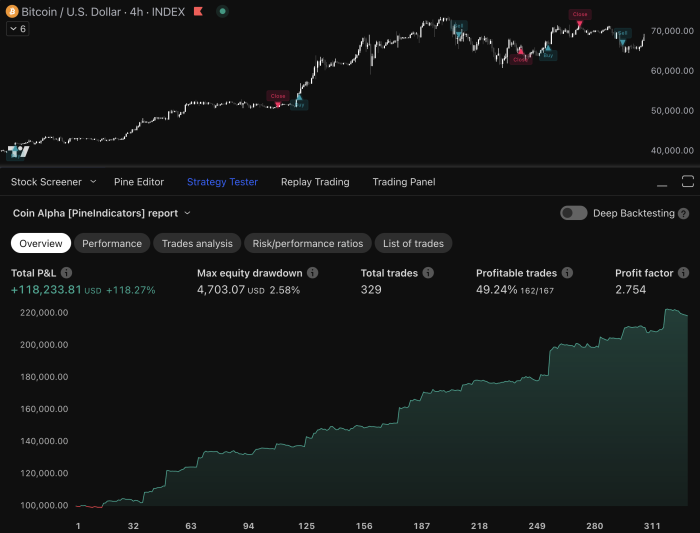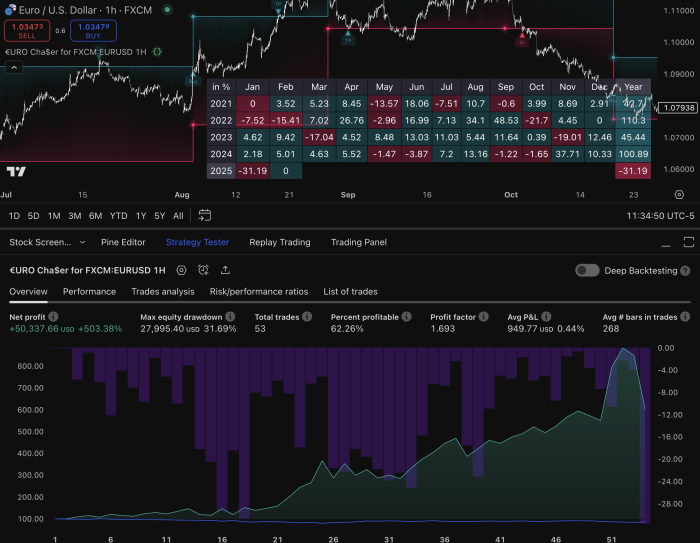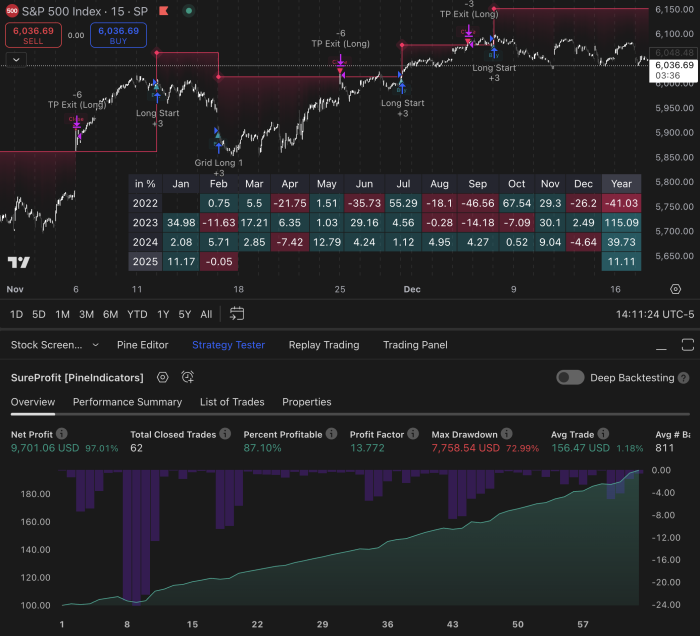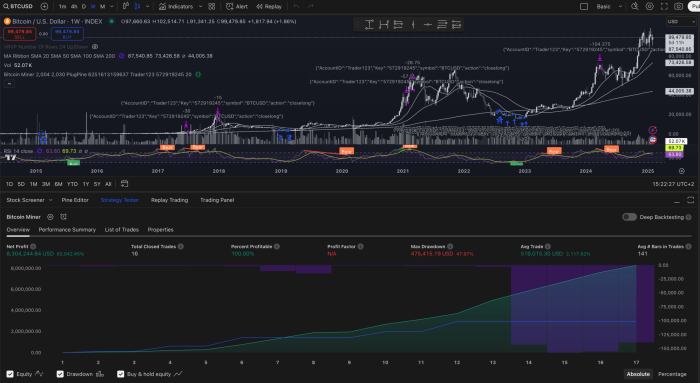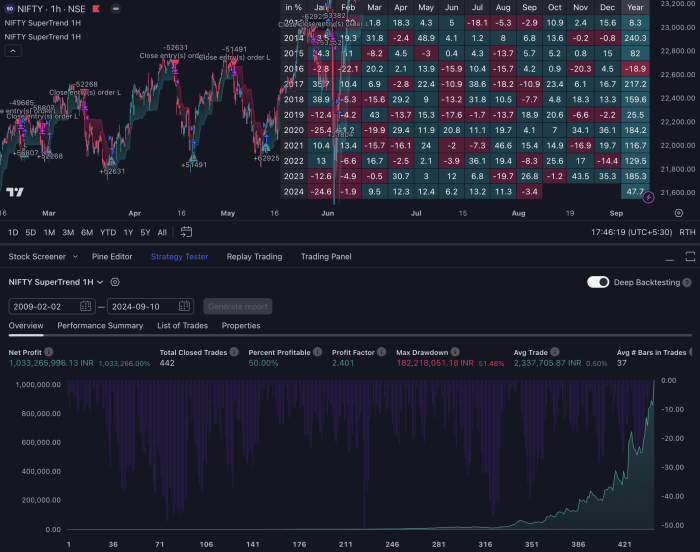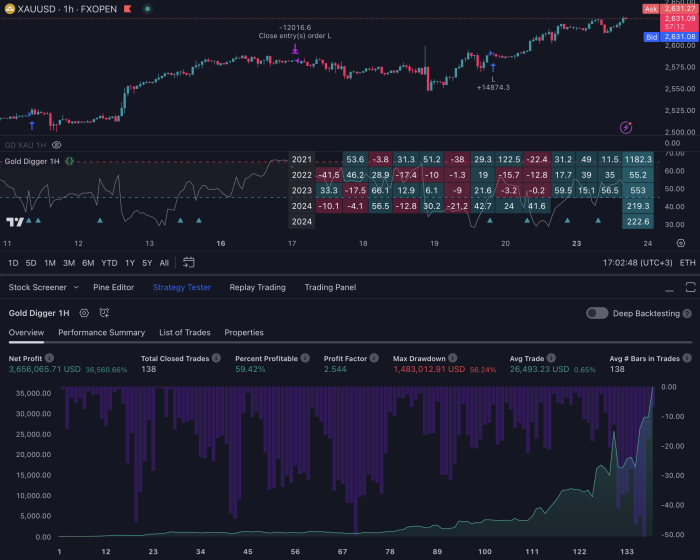Automated trading systems, often referred to as algorithmic trading or black-box trading, have revolutionized the financial markets by leveraging technology to execute trades at speeds and frequencies that are impossible for human traders. These systems utilize complex algorithms to analyze market data, identify trading opportunities, and execute trades automatically based on predefined criteria. The rise of automated trading can be attributed to advancements in technology, increased market volatility, and the growing need for efficiency in trading operations.
As financial markets become more competitive, traders and institutions are increasingly turning to automated systems to gain an edge. The concept of automated trading is not entirely new; however, its implementation has evolved significantly over the years.
Initially, automated trading was limited to large institutional investors with access to sophisticated technology and resources.
Today, retail traders can also participate in this arena thanks to the proliferation of trading platforms that offer algorithmic trading capabilities. This democratization of technology has led to a surge in the number of participants in the market, each employing various strategies ranging from high-frequency trading to long-term investment approaches. As a result, understanding the intricacies of automated trading systems is essential for anyone looking to navigate the modern financial landscape effectively.
Key Takeaways
- Automated trading systems use computer programs to make trading decisions, allowing for faster and more efficient trading.
- The benefits of automated trading include the ability to backtest strategies, remove emotional bias, and execute trades at optimal times.
- Factors to consider in developing an automated trading system include market conditions, trading frequency, and risk tolerance.
- Algorithmic trading can help maximize profit potential by identifying and executing trading opportunities with speed and accuracy.
- Backtesting and optimization are crucial in system development to ensure that the trading strategy is robust and effective.
Understanding the Benefits of Automated Trading
One of the primary advantages of automated trading systems is their ability to execute trades with remarkable speed and precision. In fast-moving markets, even a fraction of a second can make a significant difference in trade execution and profitability. Automated systems can process vast amounts of data and execute trades within milliseconds, allowing traders to capitalize on fleeting market opportunities that would be impossible to seize manually.
This speed not only enhances the potential for profit but also reduces the likelihood of human error, which can occur during high-pressure trading situations. Another significant benefit of automated trading is the ability to remove emotional biases from the trading process. Human traders often struggle with emotions such as fear and greed, which can lead to impulsive decisions and inconsistent performance.
Automated systems operate based on predefined rules and algorithms, ensuring that trades are executed consistently without emotional interference. This disciplined approach can lead to more reliable trading outcomes over time, as decisions are based on data-driven analysis rather than subjective judgment. Furthermore, automated trading allows for backtesting strategies against historical data, enabling traders to refine their approaches before deploying them in live markets.
Factors to Consider in Developing an Automated Trading System

When developing an automated trading system, several critical factors must be taken into account to ensure its effectiveness and reliability. One of the foremost considerations is the choice of trading strategy. Traders must define their objectives clearly—whether they aim for short-term gains through high-frequency trading or prefer a longer-term investment approach.
The selected strategy will dictate the parameters of the algorithm, including entry and exit points, risk management rules, and position sizing. Another essential factor is the selection of appropriate technology and infrastructure. The performance of an automated trading system heavily relies on the quality of data feeds, execution speed, and the robustness of the underlying software.
Traders must choose reliable brokers that offer low-latency execution and ensure that their systems are capable of handling high volumes of trades without lag or downtime. Additionally, considerations around hardware requirements, such as servers and network connections, play a crucial role in maintaining system performance during periods of market volatility.
Maximizing Profit Potential through Algorithmic Trading
| Metrics | Value |
|---|---|
| Annual Return | 15% |
| Sharpe Ratio | 1.5 |
| Maximum Drawdown | 8% |
| Winning Trades Percentage | 70% |
To maximize profit potential through algorithmic trading, traders must focus on developing sophisticated algorithms that can adapt to changing market conditions. This adaptability is crucial because financial markets are influenced by a myriad of factors, including economic indicators, geopolitical events, and market sentiment. Algorithms that can incorporate real-time data and adjust their strategies accordingly are more likely to succeed in capturing profitable opportunities.
Moreover, diversification is a key strategy in maximizing profit potential. By employing multiple algorithms that operate across different asset classes or trading strategies, traders can spread risk and enhance overall returns.
For instance, a trader might use one algorithm focused on equities while another targets forex markets.
This diversification not only mitigates risk but also allows traders to capitalize on various market movements simultaneously. Additionally, incorporating machine learning techniques into algorithm development can further enhance profit potential by enabling systems to learn from past performance and improve their decision-making processes over time.
The Role of Backtesting and Optimization in System Development
Backtesting is a critical component in the development of any automated trading system. It involves testing the algorithm against historical market data to evaluate its performance under various market conditions. By simulating trades based on past price movements, traders can gain insights into how their strategies would have performed in real-world scenarios.
This process helps identify strengths and weaknesses in the algorithm, allowing for necessary adjustments before deploying it in live markets. Optimization goes hand-in-hand with backtesting and involves fine-tuning the parameters of the algorithm to enhance its performance. Traders can experiment with different settings—such as stop-loss levels, take-profit targets, and trade frequency—to determine which combinations yield the best results.
However, it is essential to approach optimization with caution; over-optimizing an algorithm based on historical data can lead to curve fitting, where the system performs well on past data but fails to adapt to future market conditions. Striking a balance between optimization and robustness is crucial for developing a reliable automated trading system.
Risk Management and Capital Allocation in Automated Trading

Effective risk management is paramount in automated trading systems to protect capital and ensure long-term sustainability. Traders must establish clear risk parameters that dictate how much capital they are willing to risk on each trade and overall exposure across their portfolio. A common approach is to use position sizing techniques that determine the number of shares or contracts to trade based on account size and risk tolerance.
This method helps prevent significant losses from any single trade while allowing for consistent participation in the market. Capital allocation strategies also play a vital role in managing risk within automated trading systems. Diversifying investments across different assets or strategies can help mitigate risks associated with individual trades or market conditions.
For instance, allocating capital across equities, commodities, and currencies can reduce exposure to sector-specific downturns. Additionally, implementing stop-loss orders within the automated system can help limit losses by automatically closing positions when they reach predetermined thresholds. This proactive approach ensures that risk is managed effectively even during periods of heightened market volatility.
Implementing and Monitoring the Automated Trading System
Once an automated trading system has been developed and thoroughly tested, the next step is implementation. This phase involves deploying the algorithm on a live trading platform while ensuring that all technical aspects are functioning correctly. Traders must monitor system performance closely during this initial phase to identify any issues that may arise in real-time execution or connectivity with data feeds and brokers.
Ongoing monitoring is essential for maintaining optimal performance over time. Market conditions are constantly changing, which means that an algorithm that performs well today may not necessarily do so tomorrow. Regularly reviewing performance metrics—such as win rates, drawdowns, and overall profitability—can provide valuable insights into how well the system is adapting to current market dynamics.
Additionally, traders should be prepared to make adjustments or refinements as needed based on performance analysis or changes in market conditions.
The Future of Automated Trading Systems
The future of automated trading systems appears promising as technology continues to advance at an unprecedented pace. Innovations such as artificial intelligence (AI) and machine learning are set to further enhance the capabilities of these systems by enabling them to analyze vast datasets more efficiently and make more informed decisions based on predictive analytics. As these technologies evolve, we can expect even greater levels of sophistication in algorithmic trading strategies.
Moreover, regulatory developments will likely shape the landscape of automated trading in the coming years. As authorities seek to ensure fair practices within financial markets, traders will need to adapt their systems to comply with new regulations while maintaining competitive advantages. The integration of ethical considerations into algorithm design will also become increasingly important as stakeholders demand transparency and accountability from automated systems.
In summary, automated trading systems represent a significant evolution in how financial markets operate. By understanding their benefits, developing robust strategies, managing risks effectively, and embracing technological advancements, traders can position themselves for success in this dynamic environment. The journey into automated trading is not merely about technology; it is about harnessing data-driven insights to navigate an ever-changing financial landscape with confidence.
If you are interested in automated trading system development, you may want to check out the article on Pine Script Automated Bots on Pine Indicators. This article discusses how to create automated bots using Pine Script on TradingView, allowing traders to execute buy and sell orders automatically based on predefined conditions. It provides valuable insights into the development of automated trading systems using this powerful scripting language.
FAQs
What is an automated trading system?
An automated trading system is a computer program that executes trading decisions in financial markets. It can be designed to generate buy and sell orders based on predefined criteria, such as price movements, technical indicators, or other market conditions.
How are automated trading systems developed?
Automated trading systems are developed using programming languages such as Python, C++, or Java. Traders and developers use these languages to create algorithms that define the trading strategy, risk management rules, and other parameters for the system.
What are the benefits of using an automated trading system?
Automated trading systems can execute trades at high speeds and frequencies, which can be difficult for human traders to achieve. They can also remove emotional biases from trading decisions and allow for backtesting and optimization of trading strategies.
What are the risks of using an automated trading system?
Automated trading systems are susceptible to technical failures, such as connectivity issues or software bugs, which can lead to unexpected losses. Additionally, poorly designed algorithms or inadequate risk management can result in significant financial losses.
What are some common features of automated trading systems?
Common features of automated trading systems include real-time market data analysis, order execution, risk management controls, backtesting capabilities, and performance monitoring. These features are essential for developing and deploying effective trading strategies.

